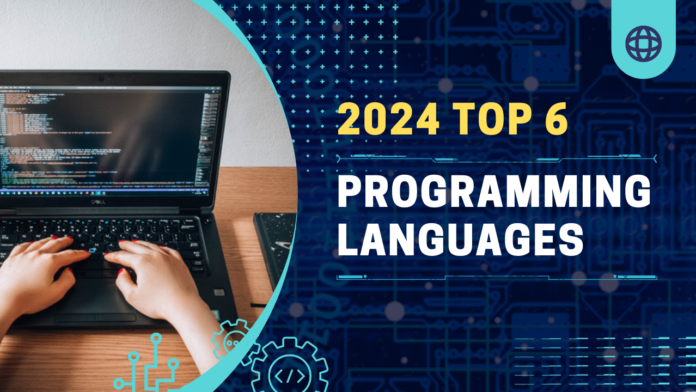As the tech landscape constantly evolves, the realm of programming languages continues to shift and adapt. Predicting which languages will dominate in 2024 is speculative, but we can certainly assess current trends and potential trajectories. Here’s a glimpse into the languages that might continue to make waves in the coding world:
1. Python: A Jack-of-All-Trades
Python’s widespread adoption across various domains positions it as a strong contender for continued growth. Its readability, versatility, and extensive library support have made it a favorite for web development, data science, artificial intelligence, and machine learning. The language’s community-driven development and commitment to simplicity suggest that Python’s ascent will persist.
2. JavaScript: Web Development Dynamo
JavaScript remains the backbone of web development. With the rise of single-page applications and the increasing emphasis on interactive and dynamic user interfaces, JavaScript, along with frameworks like React and Node.js, is likely to maintain its dominance. The language’s adaptability to both frontend and backend development positions it as a cornerstone for modern web applications.
3. Rust: The Safe and Fast Contender
Rust’s unique combination of performance, memory safety, and concurrency makes it an attractive choice for system-level programming. With applications in areas like game development, operating systems, and networking, Rust is gaining traction for its ability to deliver both speed and security. Its potential to address critical issues in software development may contribute to its continued rise in prominence.
4. TypeScript: Static Typing for Enhanced Development
TypeScript, a superset of JavaScript, introduces static typing to the traditionally dynamic language. This feature allows developers to catch potential errors during development, making it an appealing choice for large-scale applications. With the support of major frameworks like Angular, TypeScript’s adoption may see a further uptick in 2024.
5. Go (Golang): Concurrency for the Cloud Era
Go, known for its simplicity, efficiency in handling concurrent tasks, and quick compilation, has found a niche in cloud computing and distributed systems. As the demand for scalable and performant applications continues to rise, Go’s suitability for such scenarios positions it as a language to watch in the coming years.
6. Kotlin: Powering Android Development
Kotlin, officially supported by Google for Android app development, has been steadily gaining popularity. Its concise syntax, interoperability with Java, and modern features make it an attractive alternative for mobile development. As the mobile app landscape evolves, Kotlin’s significance is likely to grow.
7. Swift: Apple Ecosystem Essential
Swift, Apple’s programming language for iOS, macOS, watchOS, and tvOS, remains pivotal in the Apple ecosystem. With Apple’s unwavering commitment to innovation and its expansive user base, Swift is poised to remain a key player in the world of app development for Apple devices.
Conclusion
While these programming languages exhibit strong potential for growth in 2024, the technology landscape is inherently dynamic. New languages or paradigm shifts may emerge, challenging the status quo. As a developer, staying adaptable, continuously learning, and keeping an eye on emerging trends will be essential for navigating the ever-evolving world of programming.
In the exciting journey of coding, remember that versatility and a curious mindset are your greatest assets. Happy coding!







